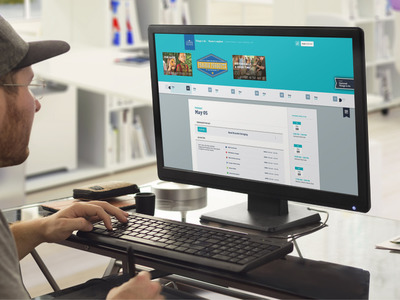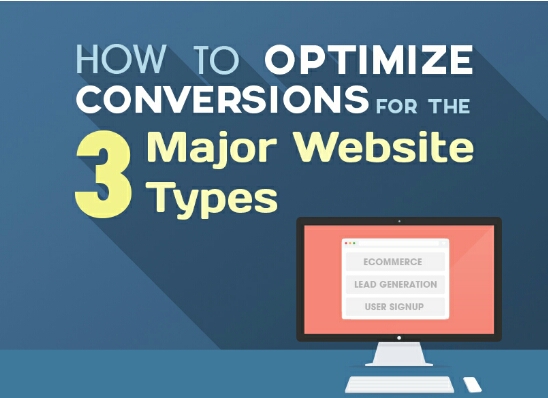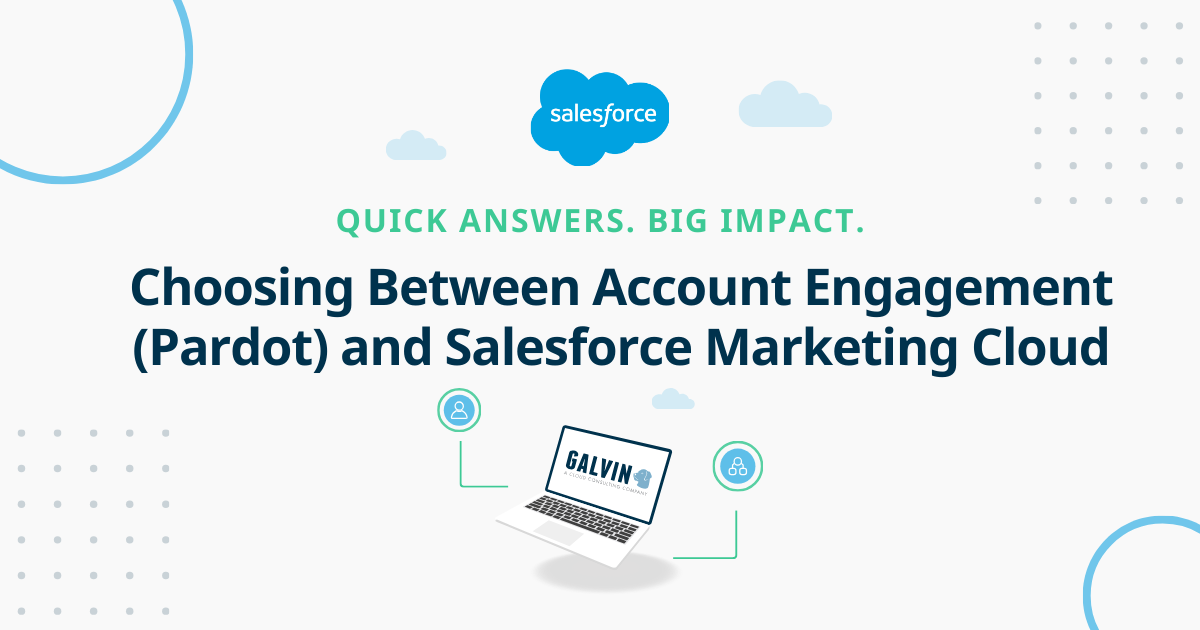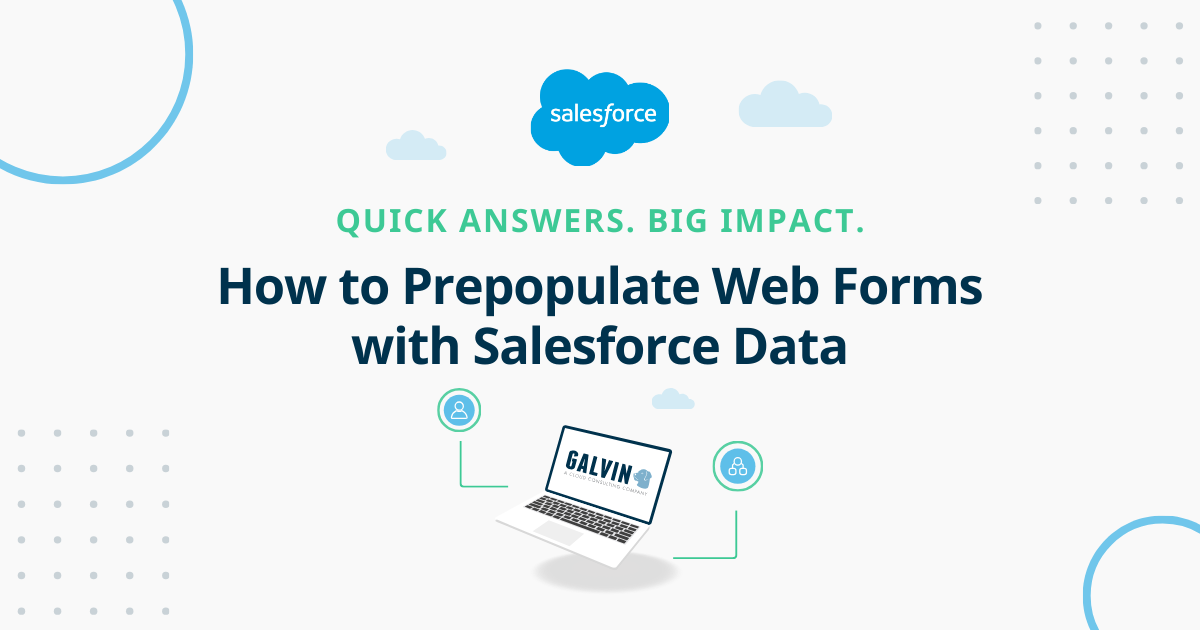How to Recognize Your Content’s Target Audience Effectively
If you’re planning to launch a startup business, you’ll be spending a lot of time getting to know what customers want in order for your product or service to become a hit. But before you get to that, you need to know which customers will be the receiving end of your marketing efforts. Gone are the days that you can market to just anyone and still maximize profits. Having a well-defined target audience is essential to keep your budget in line and your efforts well-spent.
The Importance of Audience Targeting
The rule here is very simple: the more people you’re trying to target for your digital marketing, the higher the costs and time spent will be. If your budget is limited, you simply can’t afford to market to everyone. If you have a small business, the only way you can compete with the bigger ones is to target niche markets.
It doesn’t mean that you have to shun those customers who do not fit your criteria for target audience marketing and prevent them from buying your stuff. Profit from any customer is always welcome. You just need to focus your marketing budget and brand activities on people who are most likely to buy from you. Focusing on a specific group of people will allow you to engage more and get more customers.
Trends in Online Consumer Behavior
Consumer behavior is constantly evolving so it’s important that you keep yourself abreast with the current trends. Right now, there are three trends that best describe online consumers.
1. Consumers Are Much More Informed About Your Product or Service
First, they are better informed about the products and services that are offered in the market due to easy access to information, thanks to the internet and mobile devices. According to this survey, 52% of Gen X shoppers and 64% of Gen Y shoppers used their personal mobile devices to research potential purchases and access ratings and reviews, among other shopping-related activities.
It is also discovered that 61% of shoppers used the internet to research their grocery shopping (including reading reviews and comparing prices), according to this survey.
2. Consumers Unsubscribe from Marketing Communications
Second, consumers now are more adept at opting out of marketing communications. They unsubscribe from email lists and filter messages to avoid content they don’t want. This is why marketers should make a point to send only engaging, targeted, and relevant messages to customers to prevent from being filtered out.
3. Consumers Have Higher Expectations
Third, consumers today have higher expectations. Shoppers have become more demanding and critical because of their access to information that allows them to compare products better. According to statistics from Forbes, consumer expectations have increased on average 20% over the past five years because there’s always a gap between the products and services offered and what consumers are actually looking for.
Keeping these in mind can help you create your methods to identify target market. Here are six tips to get you started:
1. Tinker with your business plan
This involves analyzing the products and services that you’re offering and figuring out what problems they solve and what needs they fulfill. Establish what makes your products or services stand out from what competitors are offering. Identify the type of customers who might be interested in your stuff and who may benefit from what you’re offering. You have to nail your selling point first before you can identify your target audience correctly.
If there are things you need to know about your potential customers in order to reach them, identify what those questions are and plan how to gather the information. The whole business is not just about selling to those whom you would like to sell to, but also selling to those people who are actually looking for the stuff that you’re offering.
2. Conduct your secondary research
With the amount of information available on your competitors, your industry, and the market in general, you’ll have no problem pulling in the information that you need. Chances are, someone else has already conducted surveys, studies, and profiles that can prove useful to your purpose.
If the secondary data you need is not available or the existing ones are not enough to answer your questions, then consider conducting your own research in the form of interviews, surveys, and focus group discussions. It may cost you plenty but accurate information is always worth the cost.
3. Create your customer profile
Use the data you gathered to create a solid customer profile. Profiling involves creating thorough descriptions of your potential customers by using demographic and psychographic information. Demographic info covers age, location, gender, income, marital status, and ethnic background. Psychographic info has a broader scope and includes lifestyle, attitudes and behaviors, values, interests, hobbies, and psychology.
You need both to be able to develop a good customer profile. These will allow you to identify the type of customer who may be interested to avail of your products and services and why this particular customer will be interested.
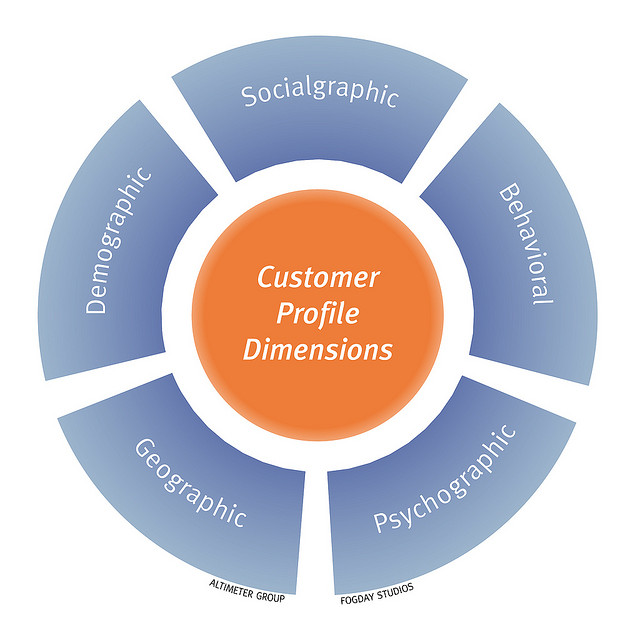
4. Review your conclusions
You don’t stop with just identifying your target market. You have to evaluate your conclusion by asking yourself some follow-up questions. Will your target benefit enough from your product or service? Will they realize that they really need what you’re offering? Can these people afford it? Can your marketing content reach them easily? These are only some of the questions you need to answer before you finalize your decision. Remember that it’s not necessary to break things down to just one target. You can have more than one niche market. You may have to devise a separate message for the other niche. Also, there should be enough people that fit your criteria. If there are only 50 or less, consider changing targets.
5. Track your potential customers
After identifying your target audience, you have to find out where they hang out. It’s important that you know which social networks they usually go to and which websites they visit often. Your research should tell you if they spend a long time on their email or if they use apps a lot. This information, along with your customer profiling, will determine how you will deliver your marketing content.
6. Monitor your target market
After you have identified your target market, you still have to do monitoring by doing constant research in order to stay updated on the market and industry trends. You also have to keep tabs on what your competitors are doing. This is the time in which you will plan how to track interactions, sales, and touch points. Remember to keep records of your findings. You will need the information when you have to identify patterns and trends as your marketing efforts gradually improve to make your business grow.
Once you get over the tricky task of identifying your target market, it will be easier for you to create the right marketing message and determine the right channels to send it. By sending your message to selected people, you save time and money in your marketing efforts and gain a better chance of getting a good ROI later on.





